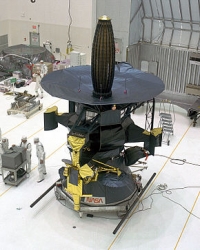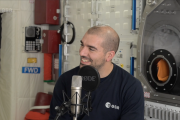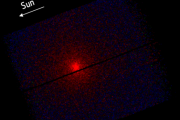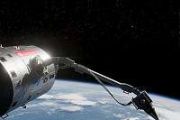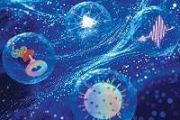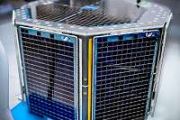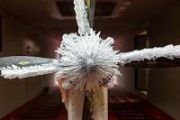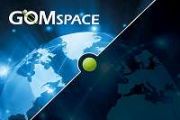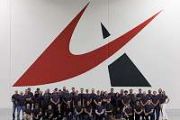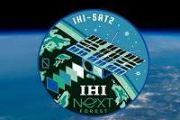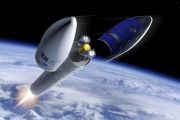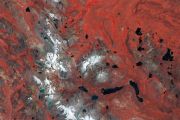The Galileo spacecraft was an unmanned spacecraft sent by NASA to study the planet Jupiter and its moons. Named after the astronomer and Renaissance pioneer Galileo Galilei, it was launched on October 18, 1989 by the Space Shuttle Atlantis on the STS-34 mission. It arrived at Jupiter on December 7, 1995, a little more than six years later, via gravitational assist flybys of Venus and Earth.
Despite suffering from antenna problems, Galileo conducted the first asteroid flyby near 951 Gaspra, discovered the first asteroid moon, Dactyl, around the asteroid 243 Ida, and was the first spacecraft to orbit Jupiter. It furthermore launched the first probe into Jupiter's atmosphere.
The spacecraft measured the atmospheric composition of Jupiter and directly observed ammonia clouds, which seem to be created by an outflow from the lower depths of Jupiter's atmosphere. Galileo also registered Io's volcanism and the plasma interactions between its and Jupiter's atmospheres. Other studies gave support for the popular theory of liquid oceans under the icy surface of Europa. There were also indications of similar liquid-saltwater layers under the surfaces of Ganymede and Callisto, while Ganymede was shown to possess a magnetic field. New evidence was also found for the existence of exospheres around Europa, Ganymede, and Callisto.
It was furthermore discovered that Jupiter's faint ring system is formed by dust from impacts on the four small inner moons. The extent and structure of Jupiter's magnetosphere was also mapped.
Galileo also provided the only direct observation of Comet Shoemaker-Levy 9's impact into the atmosphere of Jupiter in 1994.
On September 21, 2003, after 14 years in space and 8 years of service in the Jovian system, Galileo's mission was terminated by sending the orbiter into Jupiter's atmosphere at a speed of nearly 50 kilometres per second to avoid any chance of it contaminating local moons with bacteria from Earth. Of particular concern was the ice-crusted moon Europa, which, thanks to Galileo, scientists now suspect harbors a potentially life-supporting saltwater ocean beneath its surface.

